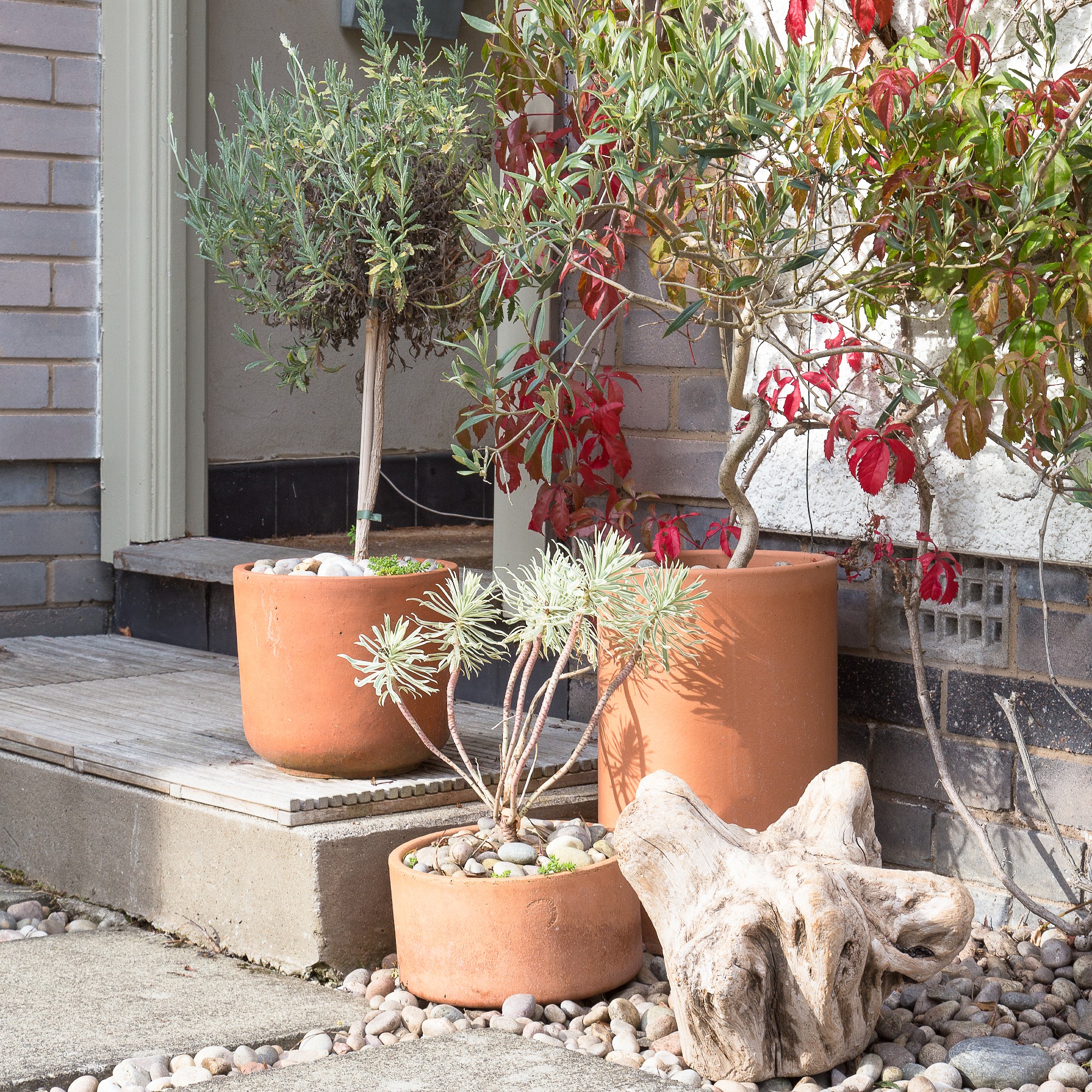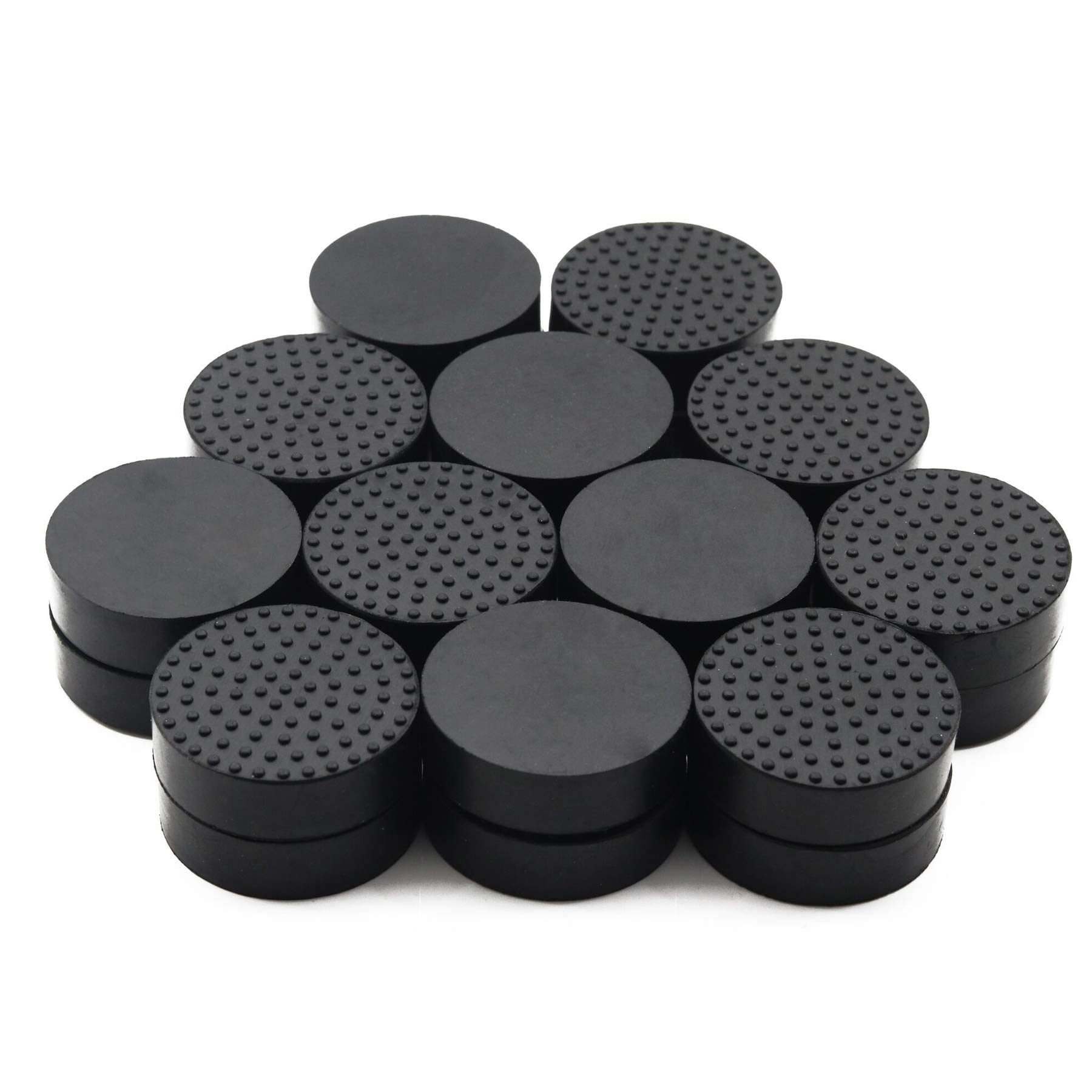Feet for potted plants, a seemingly minor detail, play a crucial role in the well-being and visual appeal of your indoor greenery. These unassuming accessories provide stability, enhance drainage, protect surfaces, and facilitate movement, all while complementing the design of your pot and plant.
From plastic to wood to metal, the choice of material for plant feet is as varied as the styles of pots and plants themselves. Understanding the advantages and disadvantages of each type will help you make an informed decision that meets your specific needs.
Types of Feet for Potted Plants

Feet for potted plants serve various purposes, including providing stability, elevating the plant, and improving drainage. They come in different materials, shapes, and sizes, each with its own advantages and disadvantages.
Commonly used materials for feet include plastic, wood, metal, and ceramic. Plastic feet are lightweight, durable, and affordable. Wooden feet add a natural and rustic touch to the plant display. Metal feet provide sturdiness and can be used in both indoor and outdoor settings. Ceramic feet are decorative and can complement the style of the pot and plant.
Types of Feet
There are several types of feet available for potted plants, each with its own unique characteristics and uses.
- Casters: Casters are small wheels that can be attached to the bottom of a plant pot, making it easy to move the plant around. This is especially useful for large or heavy plants that need to be moved frequently.
- Gliders: Gliders are similar to casters, but they do not have wheels. Instead, they have a smooth, flat surface that allows the plant pot to slide easily across the floor. This is a good option for plants that need to be moved occasionally, but not as frequently as plants with casters.
- Risers: Risers are platforms that elevate the plant pot off the ground. This can be useful for plants that need to be raised to a certain height, such as plants that need to be closer to a light source or plants that need to be protected from pests. Risers can be made from a variety of materials, including wood, metal, and plastic.
- Legs: Legs are similar to risers, but they are typically taller and thinner. This gives the plant pot a more elegant look and can also help to improve drainage. Legs can be made from a variety of materials, including wood, metal, and plastic.
Functionality of Feet for Potted Plants

Feet for potted plants serve various practical purposes, enhancing the stability, drainage, protection, and mobility of potted plants.
One of the primary functions of feet is to enhance the stability of potted plants. By elevating the pot off the ground, feet create a wider base, preventing the plant from toppling over easily. This is especially important for tall or top-heavy plants that are prone to instability.
Drainage, Feet for potted plants
Feet also play a crucial role in improving drainage for potted plants. When a pot is placed directly on the ground, excess water can accumulate around the base, leading to waterlogging and root rot. Feet elevate the pot, allowing excess water to drain away more efficiently. This helps to prevent the soil from becoming waterlogged and ensures that the roots receive adequate oxygen.
Protection
Furthermore, feet can protect surfaces from water damage. When a potted plant is watered, excess water may overflow or drip onto the floor or furniture. Feet create a barrier between the pot and the surface, preventing water from damaging the surface.
Mobility
Finally, feet facilitate the movement of potted plants. By providing a raised platform, feet make it easier to lift and move the plant without damaging the pot or the plant itself. This is particularly useful for large or heavy plants that need to be moved for cleaning, repotting, or seasonal changes.
Design Considerations for Feet for Potted Plants
/potted_plants-5840217f3df78c0230d1a33b.jpg)
When choosing feet for potted plants, several factors should be considered to ensure both functionality and aesthetics.
The size of the feet should be appropriate for the size and weight of the pot and plant. Smaller pots may only require a few small feet, while larger pots may need more or larger feet to provide adequate support. The shape of the feet should also be considered. Round feet provide good stability, while square or rectangular feet can be used to create a more modern or contemporary look.
Aesthetic considerations are also important when choosing feet for potted plants. The feet should complement the design of the pot and plant, and they should not detract from the overall appearance. For example, a pot with a classic design may be best paired with feet that have a similar classic style. Conversely, a pot with a more modern design may be better suited to feet with a more contemporary look.
